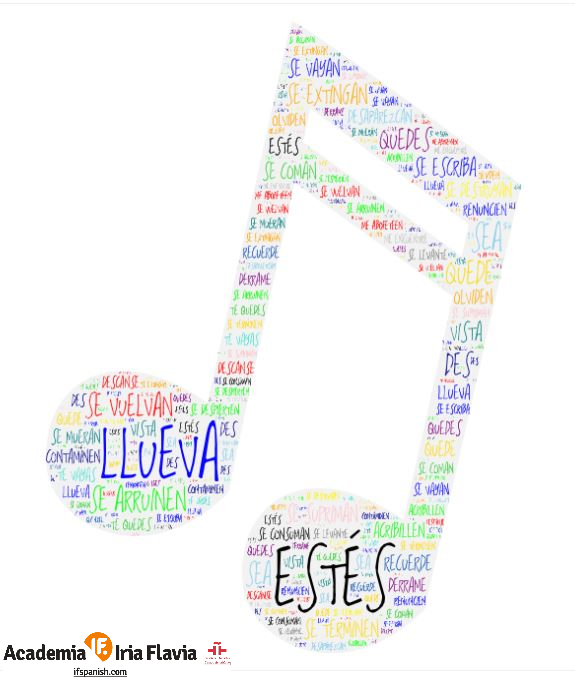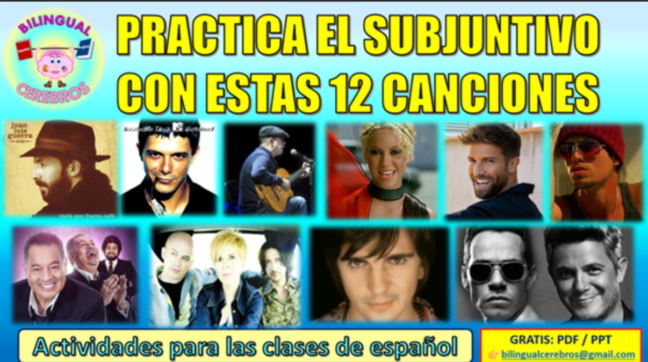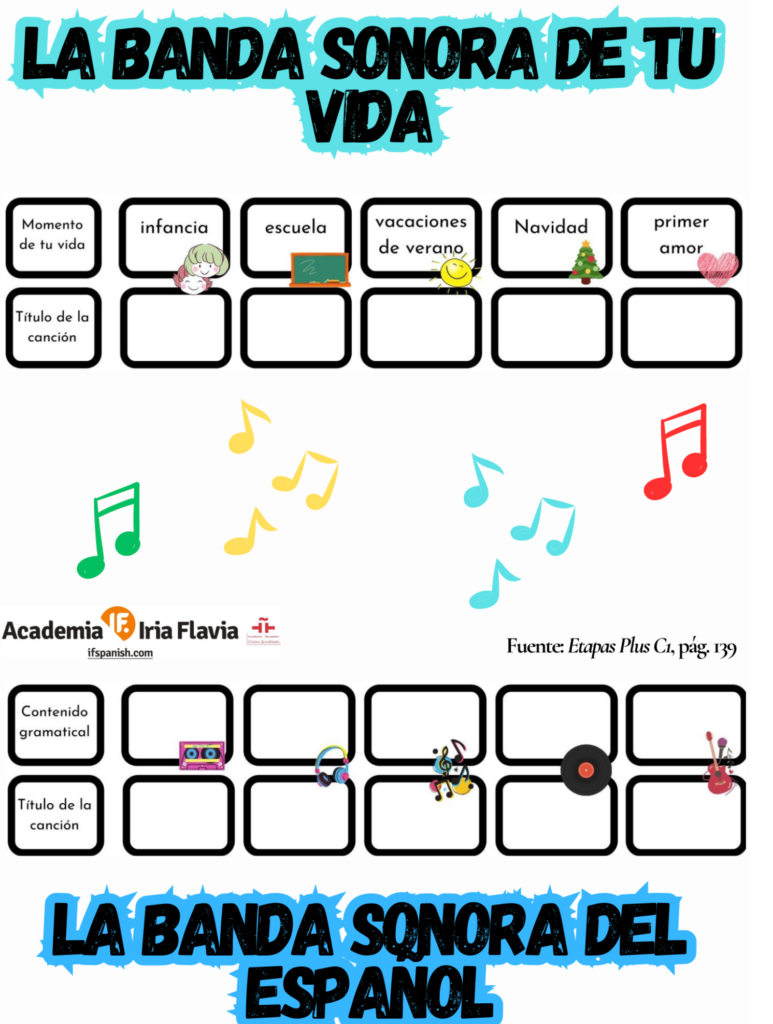by Noemí Rodríguez (LTL Contributor)
I LOVE using music in my classroom with students. How about you? Music is engaging, helps with retention of key structures & vocabulary and provides a great lens into the target language and culture! Between the awesome, dance-promoting beats, incredible repetition and cultural connections, music is an easy way to check off several boxes as a world language teacher! Here are some of my top ways to globally grove with your students!
Use Music to Investigate Target Culture
Using music goes WAY BEYOND just the lyrics! Before listening to a song with students, why not delve into a musician or band’s background- who are they? where are they from? how long have they been together? what kind do they make? Play the music video – without sound – and ask students to make observations about what they see. Can students create a list related to our 3Ps: practices, perspectives, products from the target culture? Or write a simple story around what they see? Would you, as the classroom teacher, be able to design a Movietalk around this music video?
Please see this previous blog post to learn more about the Movietalk technique. In the music video, is there dancing? Can students in your class try the dance from the music video? Or can they create their own dance? If you can get your students moving – sometimes my high school students were a bit reluctant – dancing to music can be SO FUN!
Music Competitions
Whether you have students compete in a dance off, lip sync battle, or karaoke competition, using music each week can be incredibly engaging for all learners. Assign a new song each week to your groups! Try it! Students listen to the song for a few minutes during each class, with lyrics provided and if you want to infuse some gestures to match the lyrics – why not?
On Fridays…
On Fridays, I would host our weekly music competition towards the end of our time together and we had a “batalla” between each of the classes. Would Period 1 sweep the competition this week or perhaps Period 4? I kept a simple tally of “points” for their combined efforts in singing, dancing and overall enthusiasm with performing our weekly song as a class. The class that “wins” for the week would receive a certificate of musical talent (template here)- which all students would sign – I laminate and would proudly display in our classroom.
Other Educators…
For my weekly competitions, I used authentic music and sometimes, music made for students learning a language – Señor Wooly and Canciones de HipHop by the textbook series: Realidades were easy to use with students for their catchy beats and simple lyrics.
Señor Wooly also has a great website with a ton of activities embedded around his catchy tunes! And if you can – pick up some of those inflatable microphones, it can really inspire students to sing!

*Señor Ashby hosts two annual music competitions known as “Locura de marzo” and “Locotubre” – in the Facebook community, teachers are so incredibly generous with their creative creations and I SO appreciate that all of the authentic songs are carefully selected by educators – so you know the songs are a-ok to sing with students!
Leading up to each competition, teachers share activities, readings, slideshows- all connected to the songs that as deemed the “sweet sixteen”. Voting takes places on a GLOBAL level and students can predict their winners from the very start- just like a March Madness Basketball Bracket! There are plenty of Spotify playlists too, and here is one by Cassie Molloy that has all of the previous songs in one place, over eight hours!
*Maniemusicale is available for my French teacher friends.

Cloze Activities
An easy way to have students listen to the music is to create a cloze activity, as they listen, they fill in what is missing from the lyrics! A great website that can help students listen for what is missing is lyricstraining.com. I’ve had one student volunteer sit and fill in what is missing, as the class sings the song out loud, filling in what they believe is missing and music videos are available from all over the globe!
There are also many teachers who have generated AMAZING Activities on the topic for the WL classroom. Here are some of my favorites from the Spanish teacher community – Bertha Degadillo shares ideas on her blog & resources on her TPT page, Kara Jacobs has resources on her blog page: CEAuthRes, and Allison Wienhold has competitions during Hispanic Heritage Month, as well as música miércoles on her blog & TPT store .
Extension Activities
–Draw images to represent the lyrics/chorus in a song, have students compare & contrast.
–Lyric scramble – students put the lyrics in the correct order after listening.
-Create (or have students create) true/false statements or guiding questions about the lyrics.
-Use a word cloud (generated from the chorus or lyrics) to either pre-teach vocabulary or help prompt a post-viewing writing activity.
–Change it up! Have students use the melody and create their own song / change the lyrics.
-Use music as a timer for your Daily Do Now or Classroom Activities.
Music For my Elementary Friends
Having time with my almost nine month old, I have enjoyed singing along to several songs in Spanish made for young children! We dance, move around and sing to the tunes every day- many involve animals! Here are some of my favorites {so far!} for the little ones!
Tortuga, Tortuga La Vaca Lola Susanita tiene un ratón Los pollitos dicen pio pio Veo Veo
I hope you are inspired to use music with your students this week and always! If you have any other ideas or resources for the language classroom related to songs, please feel free to share below!
For more blogs on the topic visit
- El subjuntivo entre acordes: Canciones para el nivel intermedio (in Spanish)
- Motivating and Inspiring Through Music in Language Lessons
- La banda sonora de nuestras vidas (in Spanish)
- How do you use videos in a World Language class?
- 𝐋as 𝐂anciones 𝐃el 𝐏asado – The Songs of the Past
- Olivia y el violín: World Languages / Music Interdisciplinary Connections
- Songs: Puente
- Songs: Mundo agradable









